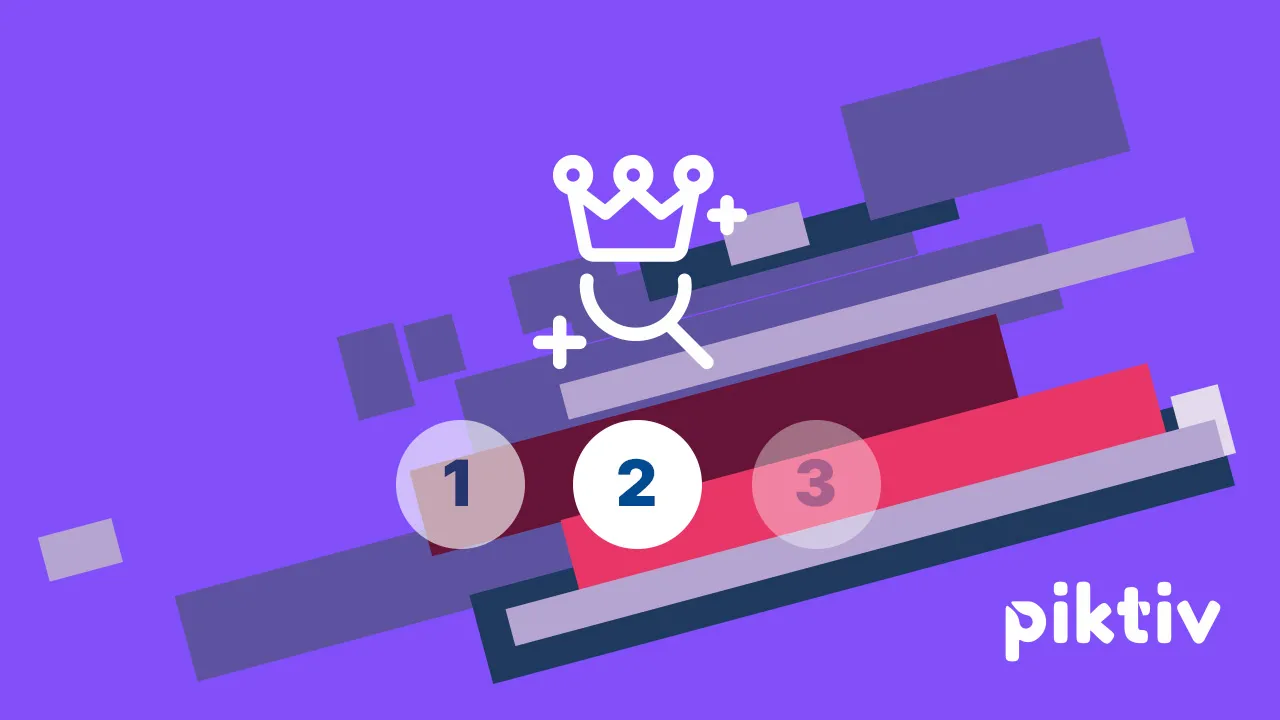Blog
On-page SEO: 6 tips to succeed
In the first post in our blog series about SEO, we talked about the fundamentals for a successful keyword analysis. Let’s now look at how you can use the keyword analysis for on-page SEO — that is, optimising the content of the page for users and search engines.
The keyword analysis forms the basis for finding the right keywords for which to create content. This guide gives you some basic tips on how to use the selected keyword on the page content to rank as high as possible.

1. Include keywords in H1
Header tags are HTML elements used to identify headings and subheadings in your content. These header tags range from H1 to H6, where H1 is the main heading.
By including the keyword in the H1, you increase the likelihood of ranking as follows:
- Makes your content easier and more satisfying to read.
- Makes it clear to search engines what your content is about.
2. Include keywords in meta title & descriptions
A meta title is displayed as a header below the URL in the search results. Meta titles are a ranking factor that also provides readers with information in the search results about what the page is about.
Readers often look at meta titles to determine if the content matches their search intent. Using keywords in the meta title can therefore increase the relevance and likelihood of more people clicking and reading your content.
Similarly, it may be useful to include keywords in meta descriptions. In other words, they appear below the meta titles in the search results. Google admittedly claims that meta descriptions are not a direct ranking factor. However, it can still give the reader a better understanding of the page’s content and increase the likelihood of them clicking through.
3. Optimise URLs
The URL structure is another valuable SEO factor. When you create an URL that includes keywords, it becomes more obvious what the page is about, both for the reader and the search engine.
However, it is important that URLs are short and concise. Use as few words as possible and avoid superfluous intermediate words.
4. Use keywords frequently in text
The content is perhaps the most important factor for ranking high. However, this is often the most difficult thing to do. How to create engaging and relevant content is a science in itself, which we'll leave for another (perhaps future?) blog post.
From the perspective of keyword analysis, it is of course important that the content is about the keyword you are trying to rank for. Therefore, it tends to be beneficial to use the keyword several times in the text.
A rule of thumb is to use the keyword once for the first 100–150 words. Preferably in the first paragraph of the text. It can then be a good idea to mention the keyword at least 2–3 times throughout the text.
However, it is important not to overuse keywords through so-called “keyword stuffing”. Keyword stuffing means overusing keywords in an unnatural way to manipulate the search result. In the worst case, it may harm you. So — keep the content natural and relevant.
5. Add internal links
Linking to other relevant pages helps the reader to navigate your website and find more information. It also helps Google index and understand the pages on your site.
Internal links can send so-called “page authority” to important and relevant pages. Therefore, it is particularly important to link from highly ranked pages. But remember to only link to relevant pages.
Try to include at least one internal link per page. It is also a good idea to include the keyword in your anchor text — that is, the clickable link.
6. Rich snippets and schema.org
One final tip is to work with structured data. Using schema.org, you can structure your data and help search engines understand your content.
When you structure your data with schema.org, you can also increase your visibility in the search results. Via so-called “rich snippets”, the search engine displays data such as text, images, grades or other information that you have entered and that Google assesses to be relevant.
This increases visual visibility and can make you stand out from the search results, while providing more information to the reader.
Making a “Schedule markup” may sound complicated. But nowadays there are many tools and aids that make things easier. One alternative is to use Google’s own Structured Data Markup Helper.
Summary:
On-page SEO is an extensive area where there is much more to learn. In this short guide, we have introduced you to the basics of how to use your keyword analysis that you hopefully have done with our previous blog post.
In the next blog post of our SEO series, you’ll find tips on how to boost your content through link building. Don't miss out!
Would you like to be notified of part three?
Subscribe to Sitevision’s newsletter and get regular tips to make your online work smarter and smoother. See you in your inbox 👋
Tags
Share
You must be logged in to submit comments.
Comments are closed for this article
CMS for intranet
Increase engagement and strengthen the workplace culture
with a social intranet.
Quick to get started with ready-to-use templates
Gather strengths – integrate other systems
Secure and Swedish cloud service
Always nearby in the mobile app
User-friendly and web-based interface
CMS for websites
Create engaging websites with a focus on the digital
experience from start to finish.
Personalise more
Web analytics directly in the interface
Accessibility at its finest
Secure and Swedish cloud service
User-friendly and web-based interface







Comments